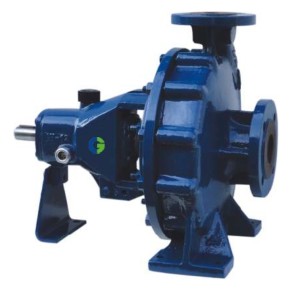Choosing the right electric motor for your application is very important if your industrial environment involves the presence or use of combustible materials. Selection of an incorrect electric motor type can lead to an explosion. This can occur due to the possibility of sparks or high temperature generated around the motor igniting the combustible materials. The consequences of this explosion can range from serious to minor injuries or process downtime.
There are four considerations that have to be borne in mind regarding your application for ensuring the right selection of your electric motor. Information about the division, group classification and class of the environment as well as the auto-ignition temperature of the combustible material has to be ascertained.
Classification of Class of Hazardous Environments
The Class of hazardous environments is classified into three categories:
- Class I: The amounts of flammable vapours or gases contained in the atmosphere of this location is sufficient to present risk of an ignition or explosion. One of the examples in this context is petroleum processing sites.
- Class II: The atmosphere of this location contains dust which can cause an explosion on mixing with air or is electrically conductive. Magnesium or aluminium dust falls in this category.
- Class III: This location typically contains flyings and filings that are easily ignitable. These materials can ignite if they settle around equipment like an electric motor. Such locations are not commonly encountered.
Division of Hazardous Environments
This category states the conditions prevailing during the presence of the material.
- Division I: The hazardous material exists under regular operating conditions though it may not be present continuously. It will be seen on and off during the working of regular operations.
- Division II: At this location, the hazardous or combustible material is stored or handled under abnormal conditions.
Group Classification
Group classification refers to the sub-division of the above mentioned classes into further sub-categories. The classification is done on the basis of the hazardous material’s behaviour on being ignited. Class I environments are sub-divided into Groups D, C, B and A while Groups G, F and E pertain to Class II locations.
Auto Ignition Temperature
The hazardous materials’ minimum temperature of ignition also forms an important consideration for selecting your electric motor. This refers to the minimum temperature at which the chemical has enough energy to kindle spontaneously even in the absence of any other ignition source such as a flame, spark etc.
Electric Motors for Hazardous Environments
Flame-proof motors are required for environments in Class I, Division I categories. The Crompton Greaves electric motors category have the right type of motors for this category and they are known as Crompton Greaves’ flame-proof motors. These act as best means to limit an explosion without further damage. Other types of motors used in hazardous environments include enhanced safety motors, dust ignition protection motors and non-sparking motors. Each one of them are manufactured under strict quality observances and in accordance with the standards certified by the relevant authority.
In addition to electric motors, back pull-out pumps is another equipment that is essential in industrial environments. These are stocked by back pull-out pump dealers.

